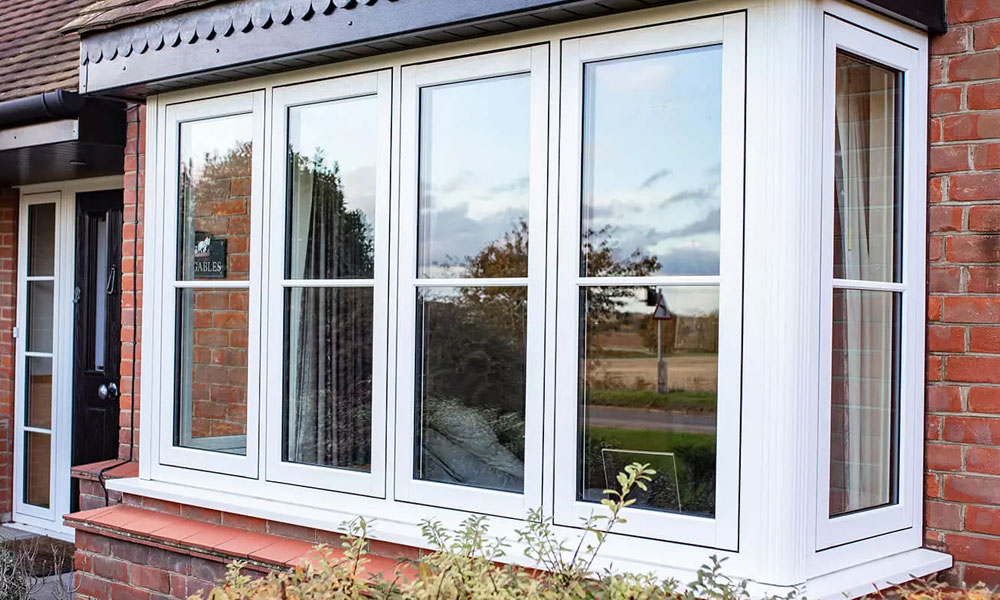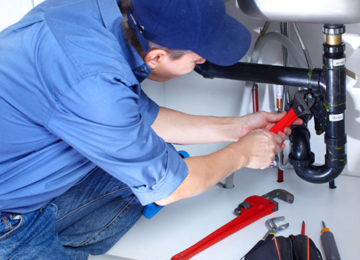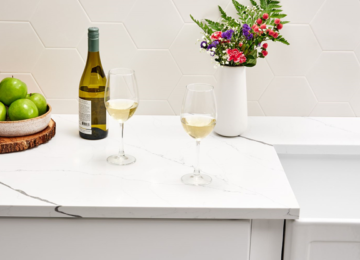A building’s identity and visual narrative are greatly influenced by its architectural past, especially its heritage aluminium windows. These windows need to be updated as urban settings change and security risks become more complex. Modern glazing technology may increase the security of vintage aluminium windows by mimicking its look and introducing laminated or hardened layers. Sandwiched between two separate pieces of glass, laminated security glass can withstand breaking and prevent forced access. Subtle tints and anti-reflective coatings can further replicate the period-appropriate traits. Because conventional frames were constructed for form instead of function, the integrity of the aluminium frame is also very important.
Thermally fractured aluminium frames with incorporated steel bars or reinforced cores are now possible because to advancements in metallurgy and production, which increase structural robustness without compromising aesthetic appeal. Heritage window replication manufacturers provide profiles that combine multi-chambered extrusions with hidden steel stiffeners while preserving vintage sightlines.
Modern locking systems may now be hidden inside window frames thanks to advancements in security hardware, improving functionality without sacrificing style. Vintage-style knobs and fittings can be combined with multi-point locking systems to match the original design of the window. Without changing the aesthetics, smart locking technologies may be subtly included to provide modern access management. There are now more options for covertly embedding security sensors, such vibration monitors and glass-break detectors, inside historic aluminium windows. The technique can be concealed from view by using transparent adhesives or by manufacturing or retrofitting window frames with tiny holes. Particularly beneficial are wireless solutions, which do not require conduits or surface-mounted wires that might interfere with the profiles of historic windows.
When window units break structurally or don’t comply with building rules, heritage copy aluminium windows were a common replacement. These reproductions include contemporary security measures and are made to conservation standards. In order to ensure historical authenticity in size, finishes, and materials, heritage conservation officials are frequently consulted during its development. The systems may be made with contemporary features including dual-seal waterproofing and anti-lift tracks, and they can mimic the original profiles’ old patinas or filigree accents. Concealed reinforcing and hidden hinges, such tilt-and-turn systems and invisible hinges, are employed to maintain sightlines in historic contexts. The structure’s historic integrity is maintained since these elements are concealed from the outside observer.











